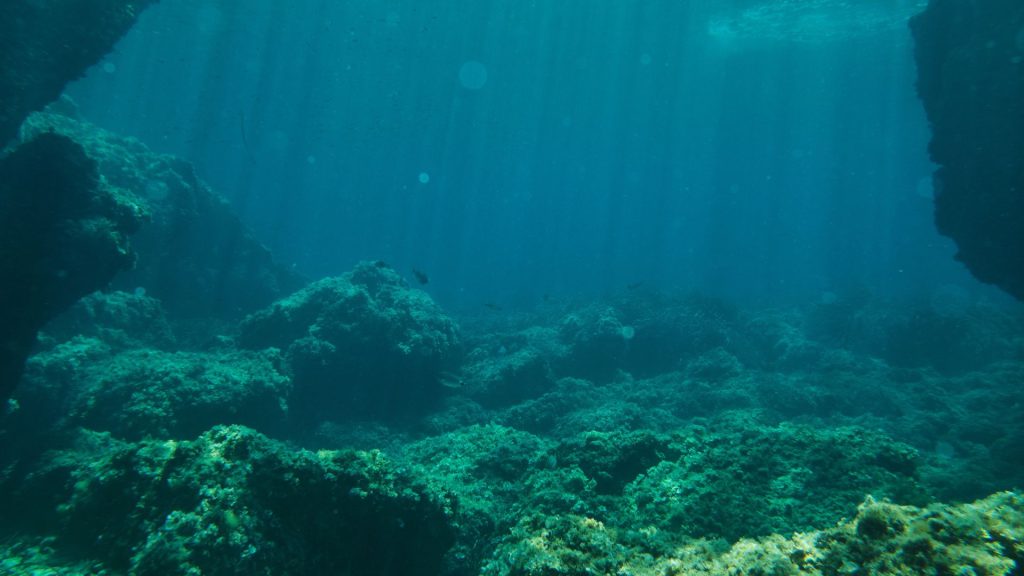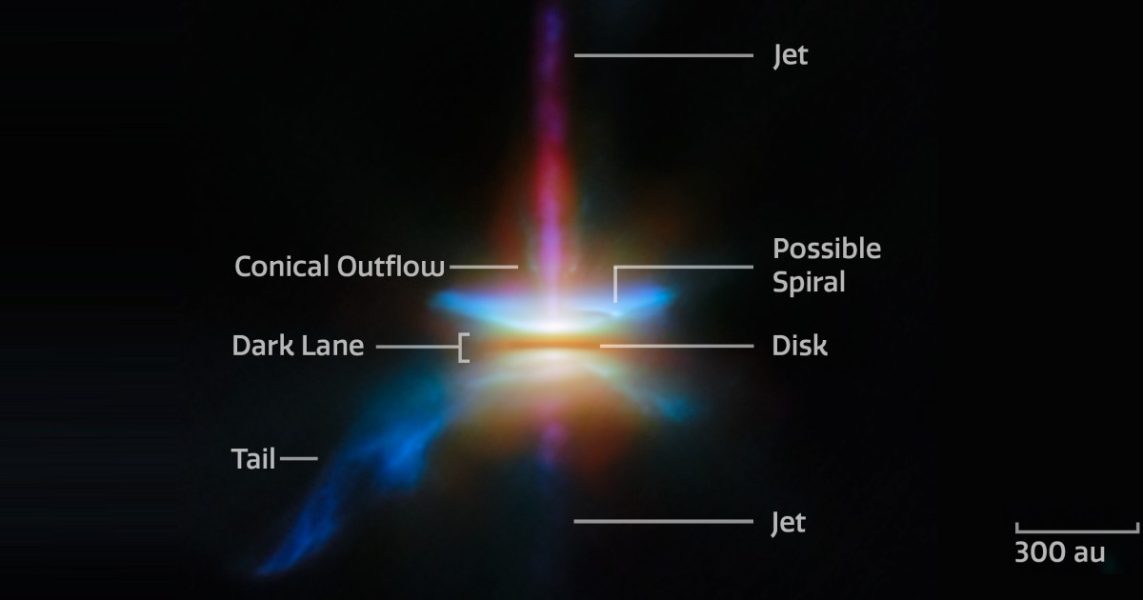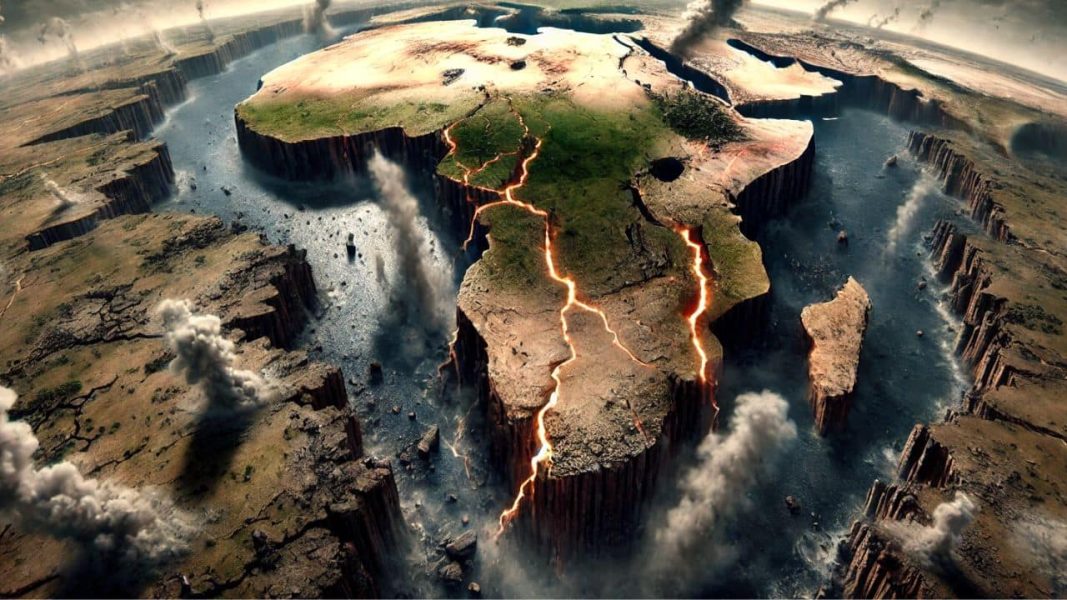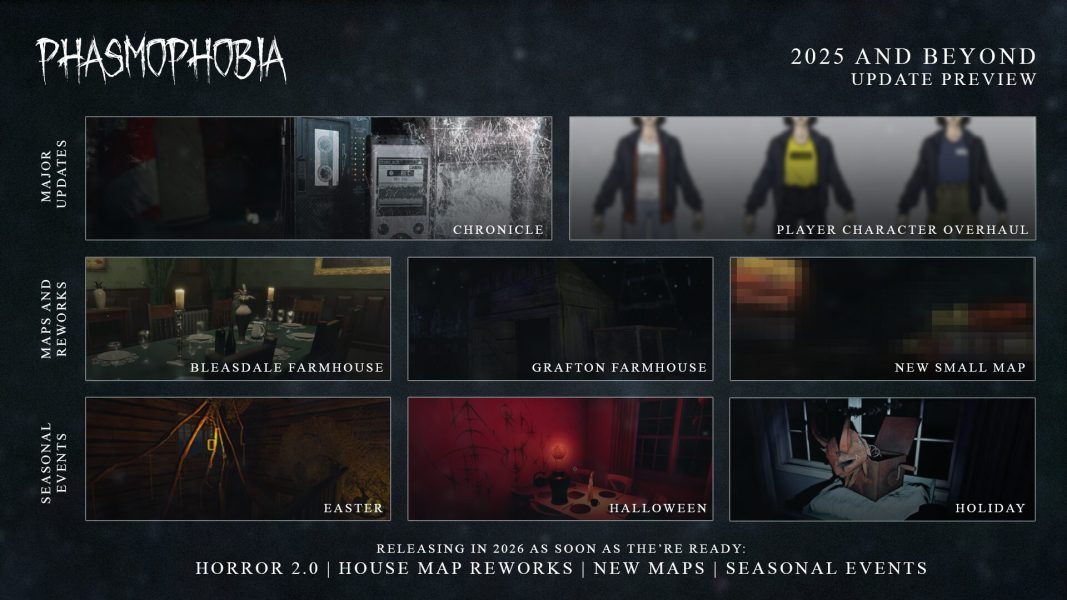Radioactive element buried in ocean could unlock Earth’s timeline – Interesting Engineering

Regardless of its origin, this anomaly has the potential to revolutionize geological dating. a day agoa day agoa day ago2 days ago2 days ago2 days ago2 days ago2 days ago2 days ago3 days agoan hour ago3 hours ago4 hours ago6 hours ago6 hours ago7 hours ago7 hours ago7 hours ago7 hours ago7 hours agoSrishti GuptaRepresentative image of a rocky ocean floor.iStockScientists have long sought reliable methods to date ancient geological events, but a surprising find in deep-sea samples may provide a new tool for measuring Earth’s past. A research team from the Helmholtz-Zentrum Dresden-Rossendorf (HZDR), in collaboration with the TUD Dresden University of Technology and the Australian National University (ANU), has discovered an unexpected spike in beryllium-10 (¹⁰Be) levels in Pacific seabed samples.The study suggests that this discovery could serve as a global time marker, improving how scientists synchronize geological records spanning millions of years.Archaeological finds, such as bones or remnants of wood, can be dated quite accurately in this way. “However, the radiocarbon method is limited to dating samples no more than 50,000 years old,” explains HZDR physicist Dr. Dominik Koll. “To date older samples, we need to use other isotopes, such as cosmogenic beryllium-10 (10Be).”Beryllium-10 is a rare radioactive isotope produced when high-energy cosmic rays collide with oxygen and nitrogen in Earth’s upper atmosphere. It eventually falls to Earth through precipitation, accumulating in ocean sediments over time. With a half-life of 1.4 million years, this isotope enables scientists to trace events as far back as 10 million years—making it an invaluable tool for reconstructing Earth’s ancient history.HZDR physicist Dr. Dominik Koll and his team analyzed ferromanganese crusts retrieved from several kilometers beneath the Pacific Ocean. These crusts, rich in iron and manganese, form gradually over millions of years, preserving a record of environmental changes.Using a technique called Accelerator Mass Spectrometry (AMS), the researchers purified the samples and measured their ¹⁰Be content with extreme precision. This process involves accelerating atoms to high speeds, separating them based on mass, and detecting them individually.When the research group evaluated the collected data, they were in for a surprise. “At around 10 million years, we found almost twice as much 10Be as we had anticipated,” reports Koll. “We had stumbled upon a previously undiscovered anomaly.” To rule out contamination, the team analyzed additional samples from different locations—each showing the same pattern.The team proposed two potential explanations for this anomaly. Around 10–12 million years ago, ocean currents near Antarctica underwent drastic changes. “This could have caused 10Be to be unevenly distributed across the Earth for a period of time due to the altered ocean currents,” explains Koll. ”As a result, 10Be could have become particularly concentrated in the Pacific Ocean.”An alternative hypothesis points to an astrophysical event. A nearby supernova might have increased cosmic ray intensity, boosting ¹⁰Be production. ”Only new measurements can indicate whether the beryllium anomaly was caused by changes in ocean currents or has astrophysical reasons,” says Koll. ”That is why we plan to analyze more samples in the future and hope that other research groups will do the same.”If the anomaly appears across the globe, the astrophysical hypothesis would gain traction. If it is localized, ocean circulation changes would be the more likely cause.Regardless of its origin, this anomaly has the potential to revolutionize geological dating. A major challenge in geochronology is aligning different geological archives—such as ice cores, sediment layers, and rock formations—by finding common time markers.“For periods spanning millions of years, such cosmogenic time markers do not yet exist. However, this beryllium anomaly has the potential to serve as such a marker,” Koll concludes.The study has been published in Nature Communications.Stay up-to-date on engineering, tech, space, and science news with The Blueprint.By clicking sign up, you confirm that you accept this site’s Terms of Use and Privacy PolicySrishti Gupta Srishti studied English literature at the University of Delhi and has since then realized it’s not her cup of tea. She has been an editor in every space and content type imaginable, from children’s books to journal articles. She enjoys popular culture, reading contemporary fiction and nonfiction, crafts, and spending time with her cats. With a keen interest in science, Srishti is particularly drawn to beats covering medicine, sustainability, gene studies, and anything biology-related.21 hours agoa day agoa day agoa day agoPremiumIE PROFollow
Source: https://interestingengineering.com/science/10-million-year-old-ocean-mystery






